A local Singaporean described the Geylang district of the island as offering only two services: hookers and food. I’ll take his word on the hos. I went to Geylang to eat at Sin Huat. Anthony Bourdain featured Sin Huat on his TV show, “A Cook’s Tour,” and told chef/owner Danny Lee that when he visited Singapore, people took him all over to eat, but after he ate at Sin Huat, he viewed his other meals as a waste of time. After eating at Sin Huat, I have to agree.
Sin Huat is an open-air restaurant on Geylang Road that acts as a highly lauded coffee shop until lunchtime, when the restaurant serves dishes like fish head curry and turtle soup. At dinner, Danny creates a 10 dish repertoire from his head. There are no menus and no listed prices. Looking at the tanks and crates in the dining room and out back, I’d say the 10 dishes include prawns…
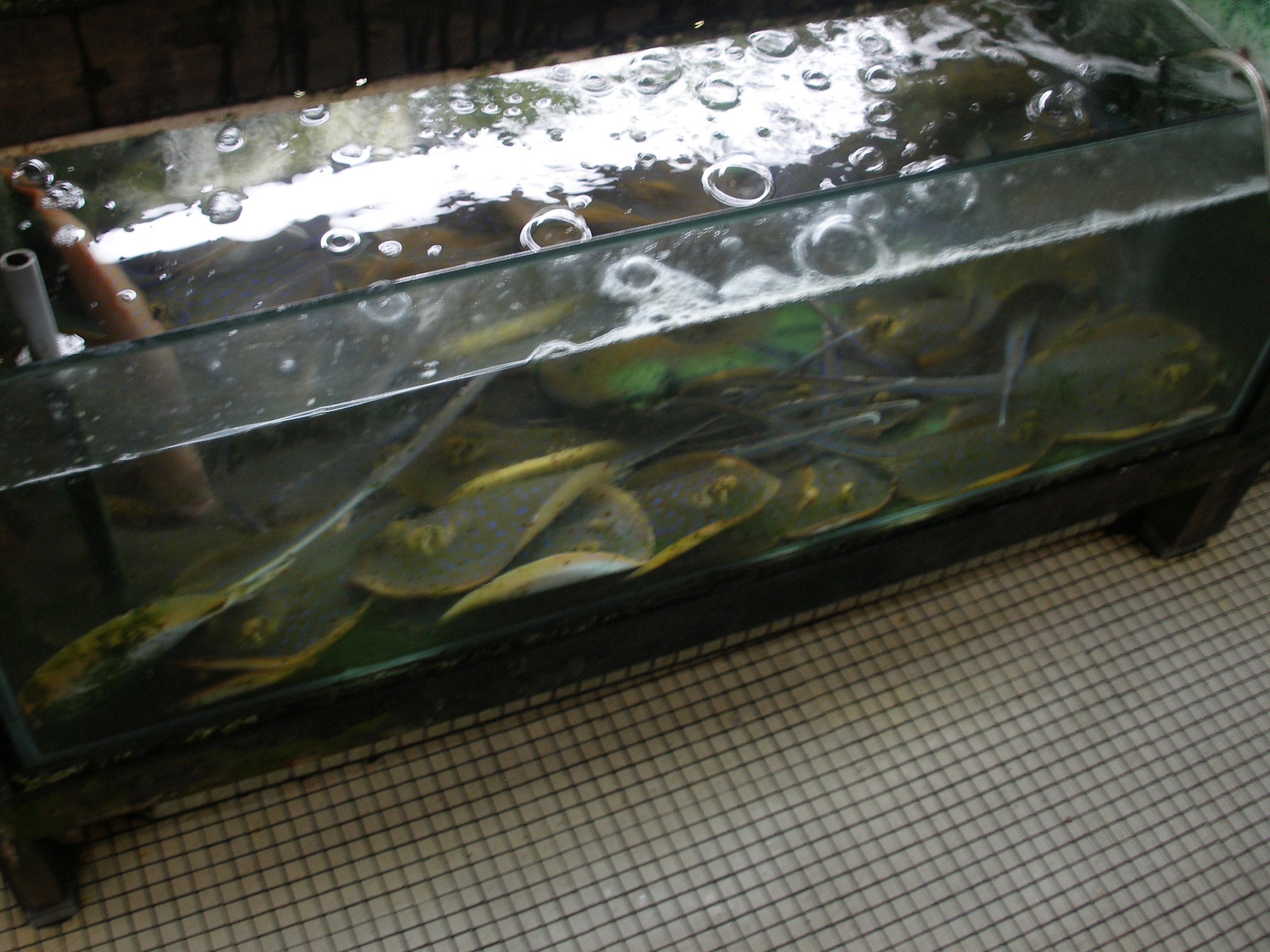
…stingrays…
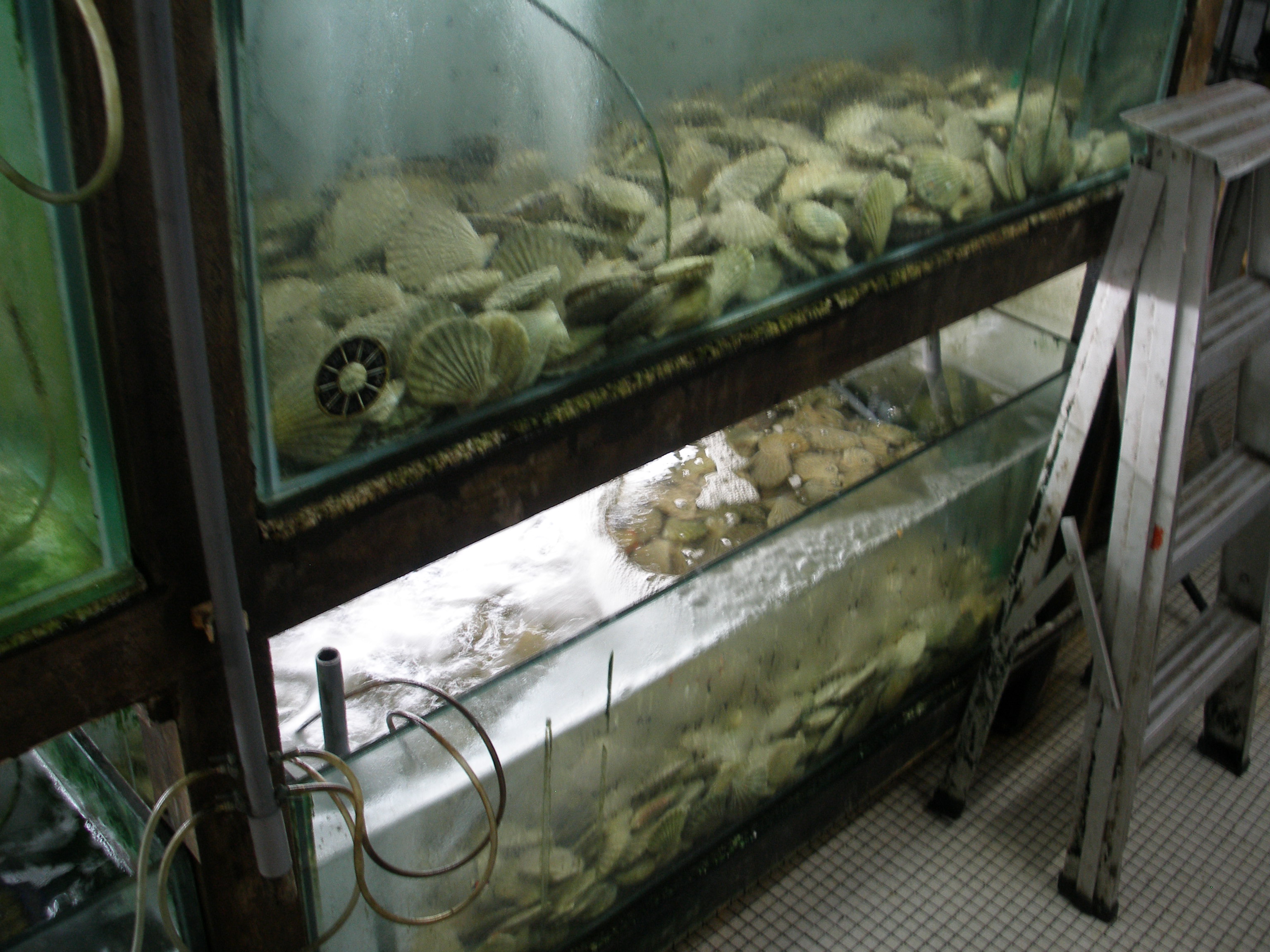
…scallops…
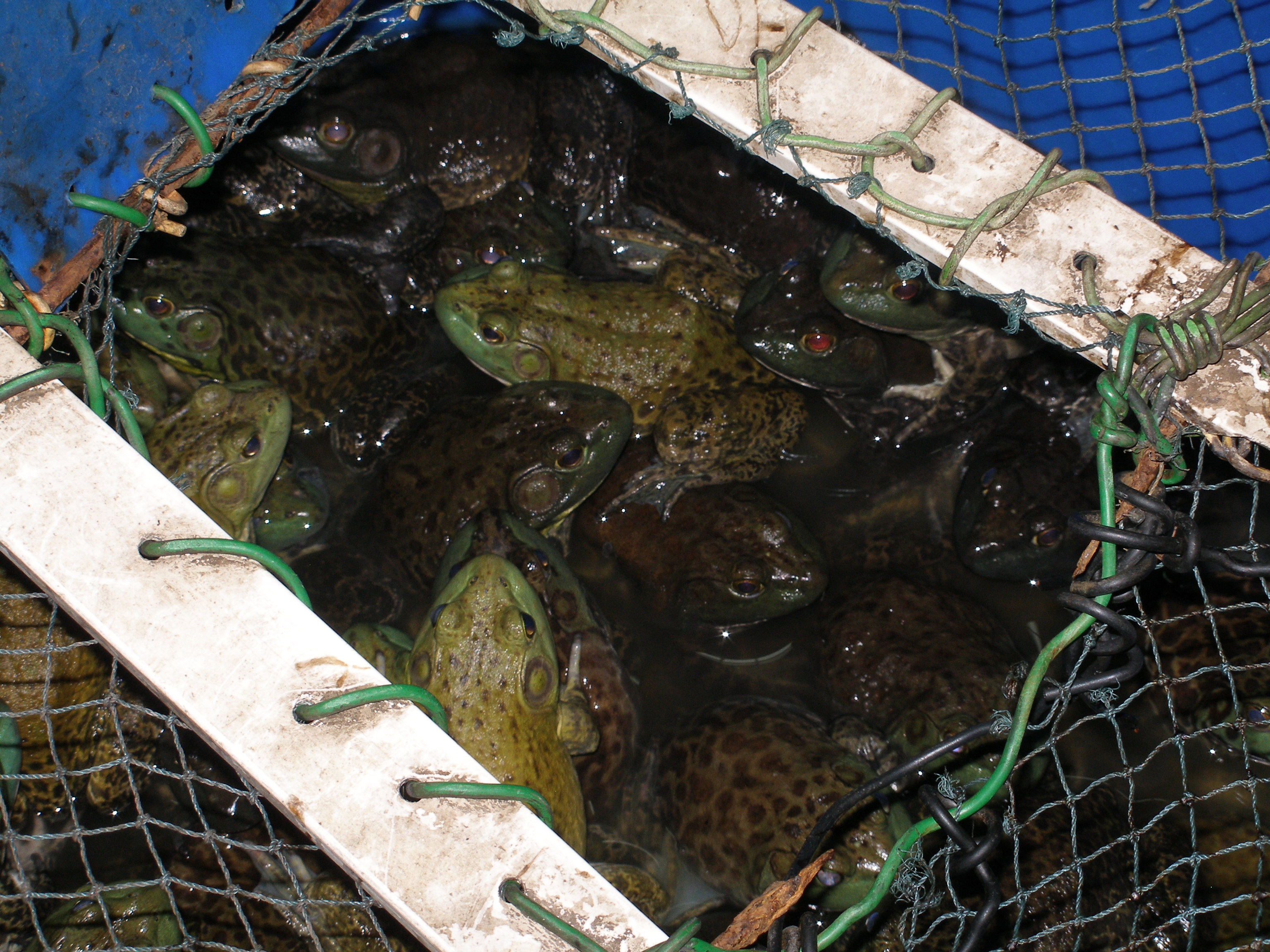
…frogs, crabs, calamari, and fish. Danny says Sin Huat is the best because he only serves live seafood, fresh caught by a network of local fishermen. The only animal that isn’t live is calamari, which is brought fresh-killed by fishermen each morning. Calamari are apparently too much work to hold alive.
Danny Lee was a pig farmer until the Singaporean government took his farm in 1991. Needing a job, he filled the chef opening at Sin Huat, a middling restaurant that had been around since 1979. Danny’s predecessor taught him the basics about Chinese cooking, but nothing more. Danny added seafood to the menu as soon as he took over the grill. Then he took Sin Huat to another level.
On Danny’s recommendation, I ordered crab bee hoon, the house specialty, which took over an hour to make. Apparently Danny only prepares one order at a time. Since the restaurant is open-air, I was sweating from the moment I sat down. To cool off, I guzzled Tiger beer, Danny’s choice. While I waited for my dish to arrive, I was tortured with views of other diners enjoying their seafood. The waitress brought out several orders of the enormous squid. Bearing scissors, she cut the tender squid into huge rings. Customers ate sheet after sheet of brown stingray. Fish was another popular choice. The more I saw, the hungrier I got. Finally, the waitress walked toward me carrying a mammoth silver tray of crab bee hoon, and promptly turned left, for another table.
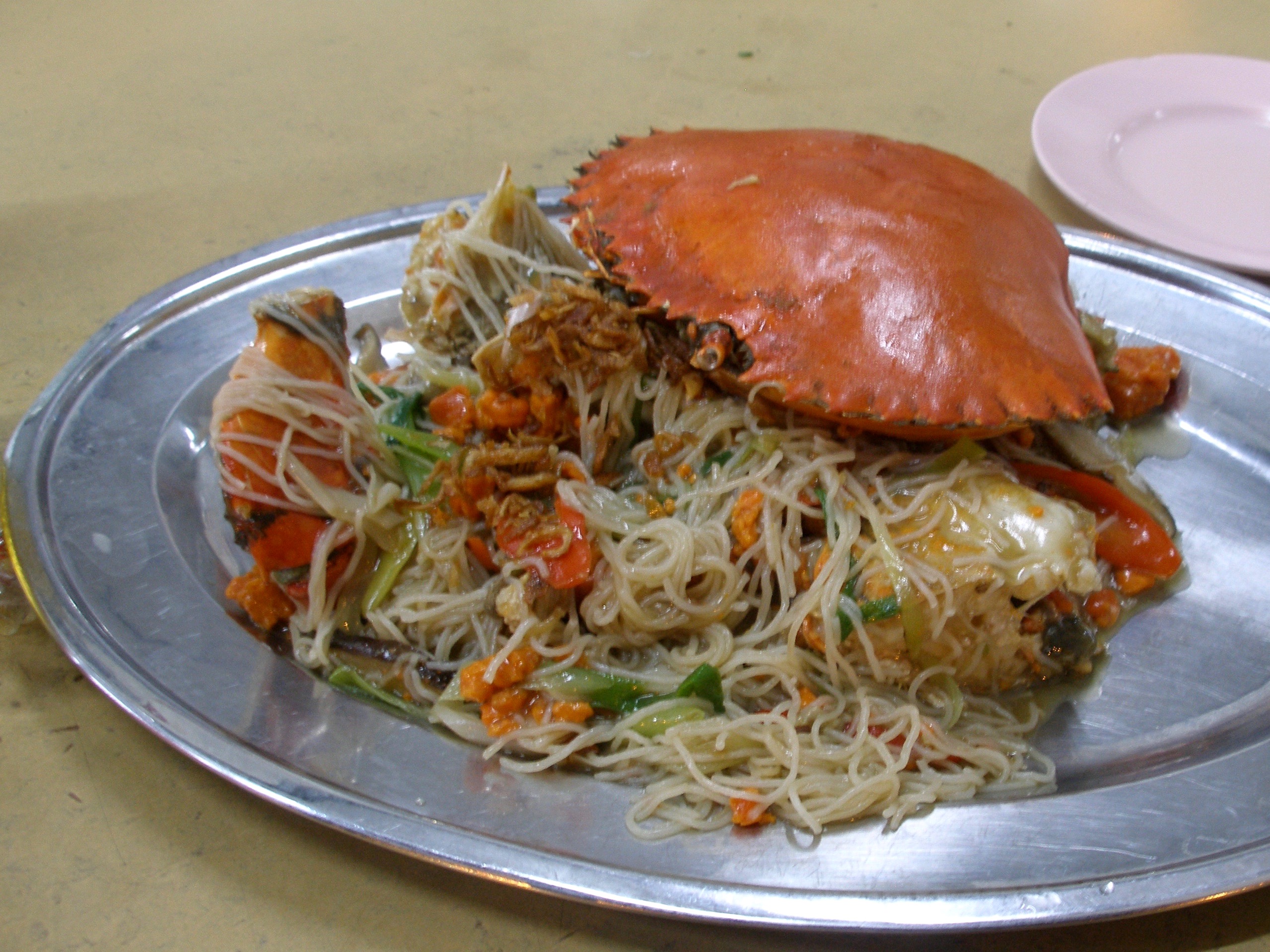
Eventually, my crab bee hoon did arrive, and it was definitely worth the wait. Crab bee hoon is a huge red crab, cut into six large sections, plus shell. It was stir-fried with rice vermicelli, slices of red and green chilies, mushrooms and chewy clumps of orange crab roe. Even more roe was hiding under the shell. The vermicelli was sticky with crab juice and delicious. The crab, despite Danny saying he’d give me a small crustacean, since I was dining alone, was quite large, with huge claws and a ridiculous amount of tender meat. Not that I’m complaining.
It took me a good 45 minutes just to eat the bee hoon. I was full, but told Danny I had to try one more dish. I asked which was better, gong gong or scallops. He said he’d prepare small portions of each for me.
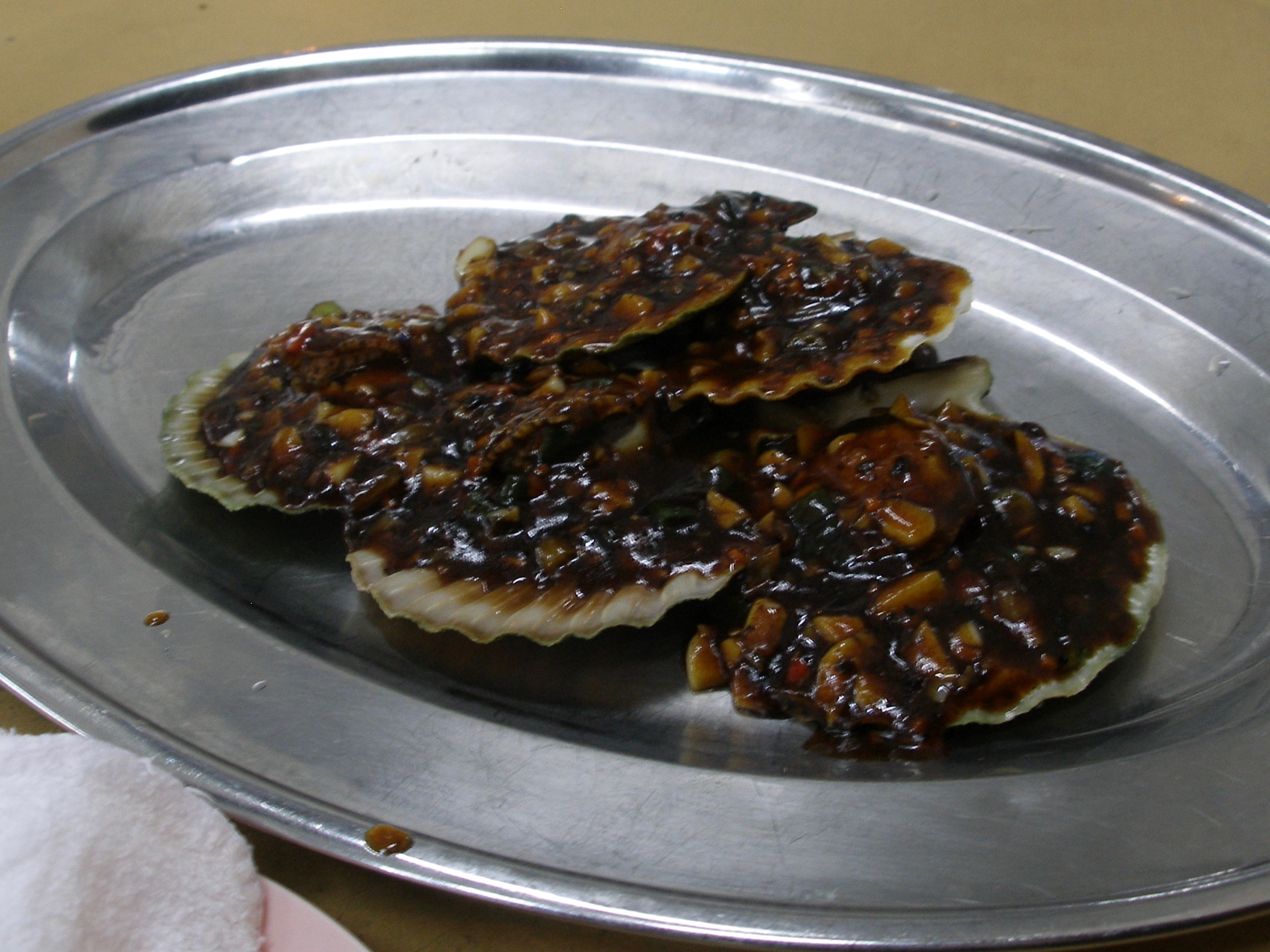
He steamed five live scallops, their shells snapping moments earlier in a nearby tank. They were slathered in a thick black bean sauce studded with chunks of garlic, impossibly tender and delicious.
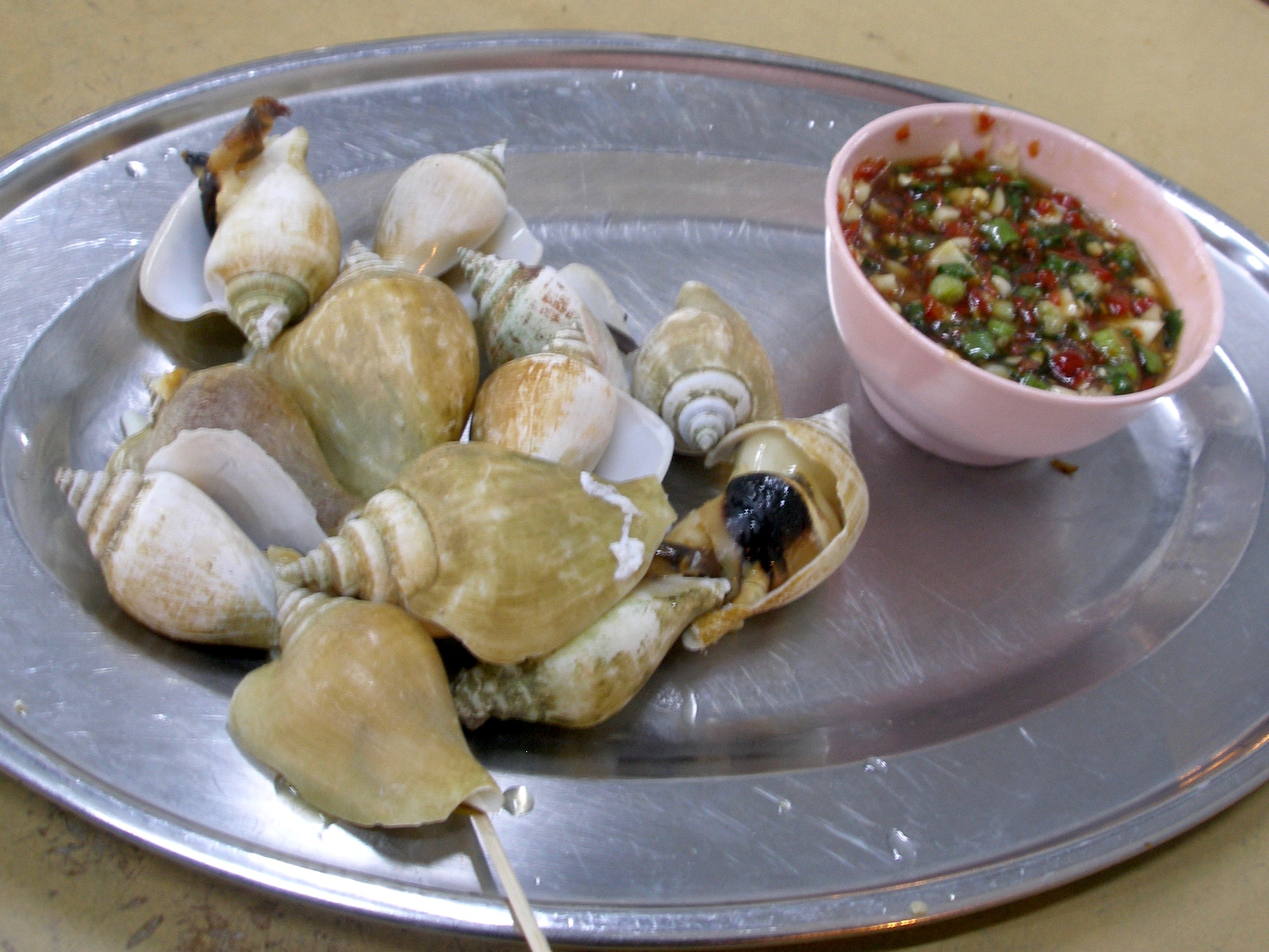
The gong gong were steamed, three-inch, conch-like shellfish. I was given a long, thin, wooden spear to pull the crustaceans from their shells. I dipped the gong gong in a bowl of thick garlic-chili-scallion sauce, the perfect complement to the tender gong gong.
Considering there was no menu, I was interested to see the damage. Danny handed me a bill. The crab cost S$39 and the scallops and gong gong, S$12.50 apiece, very reasonable for quite possibly the best seafood of my life.

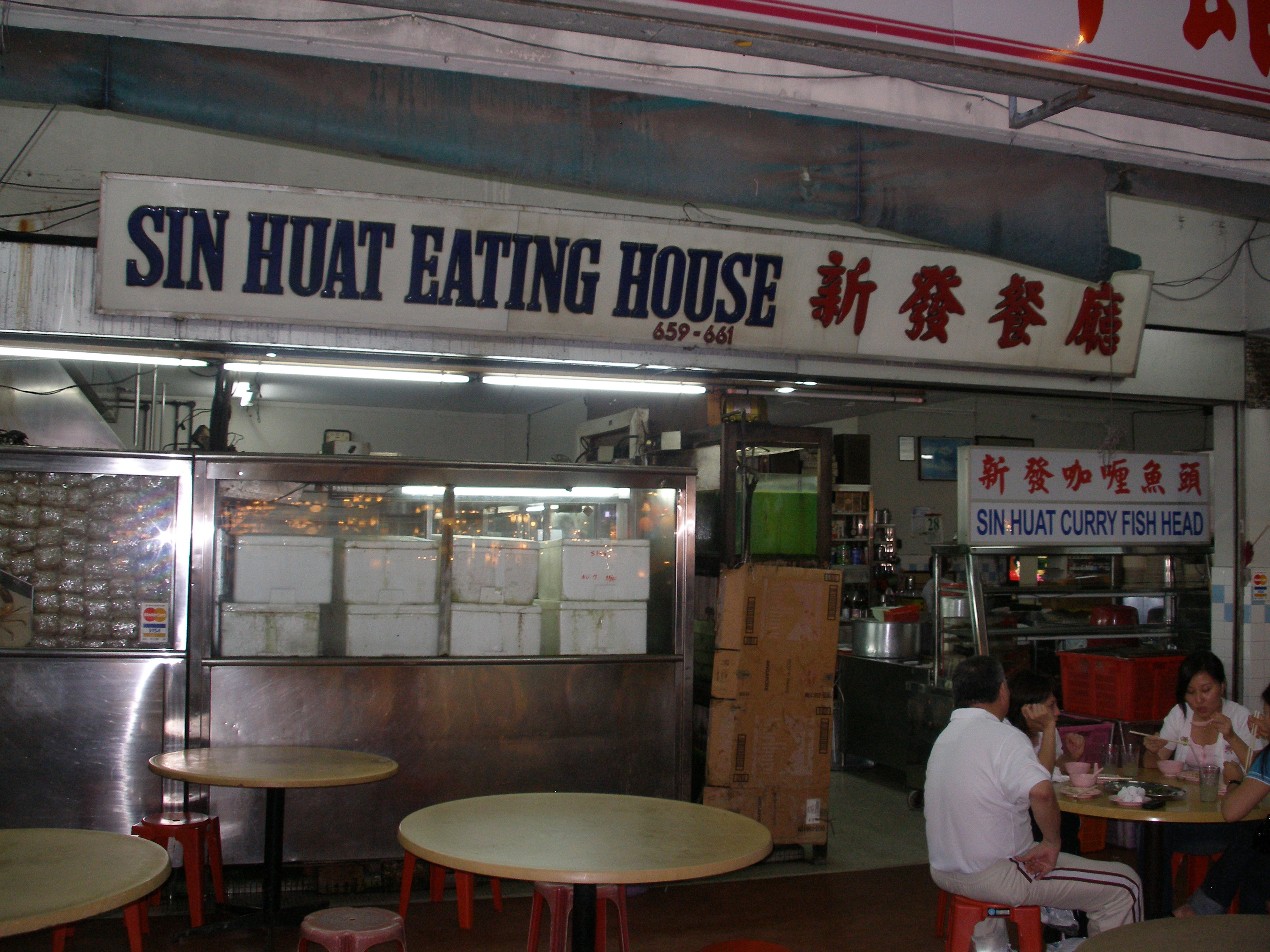
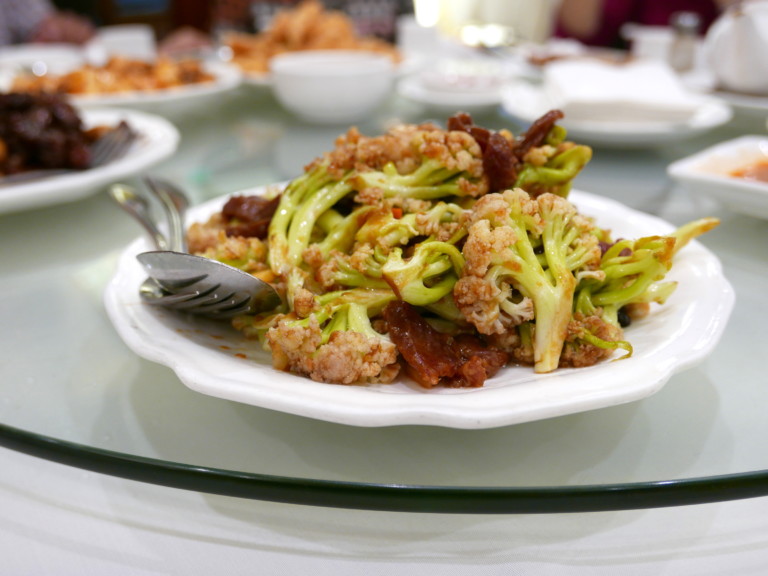
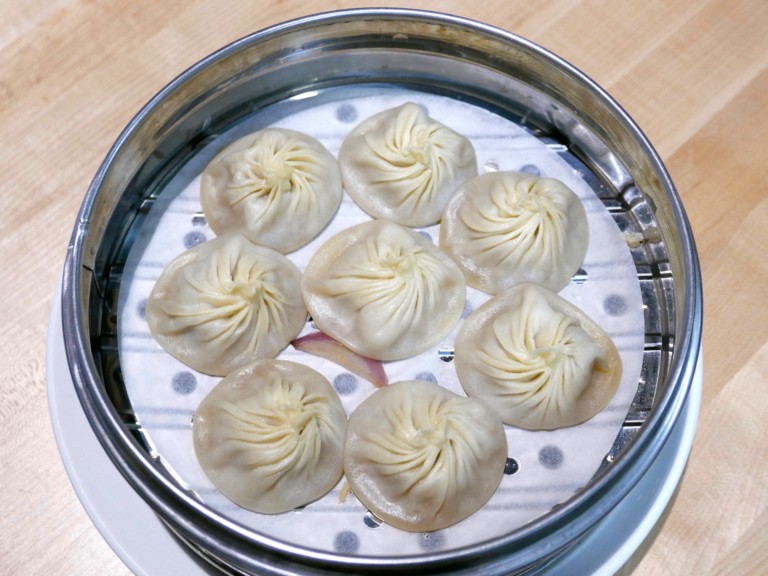
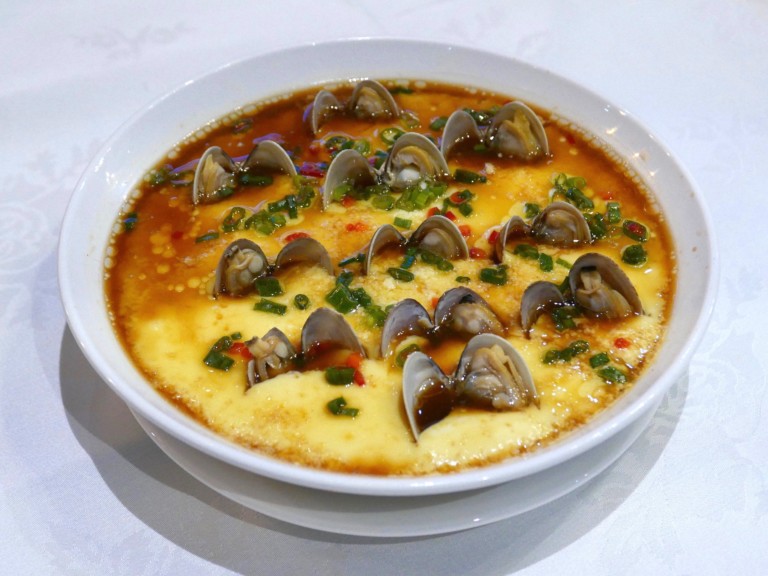




Leave a Comment